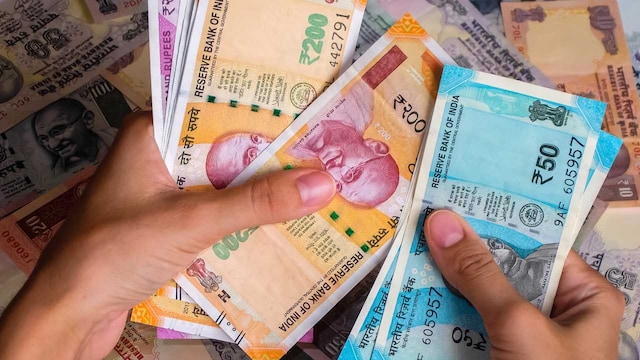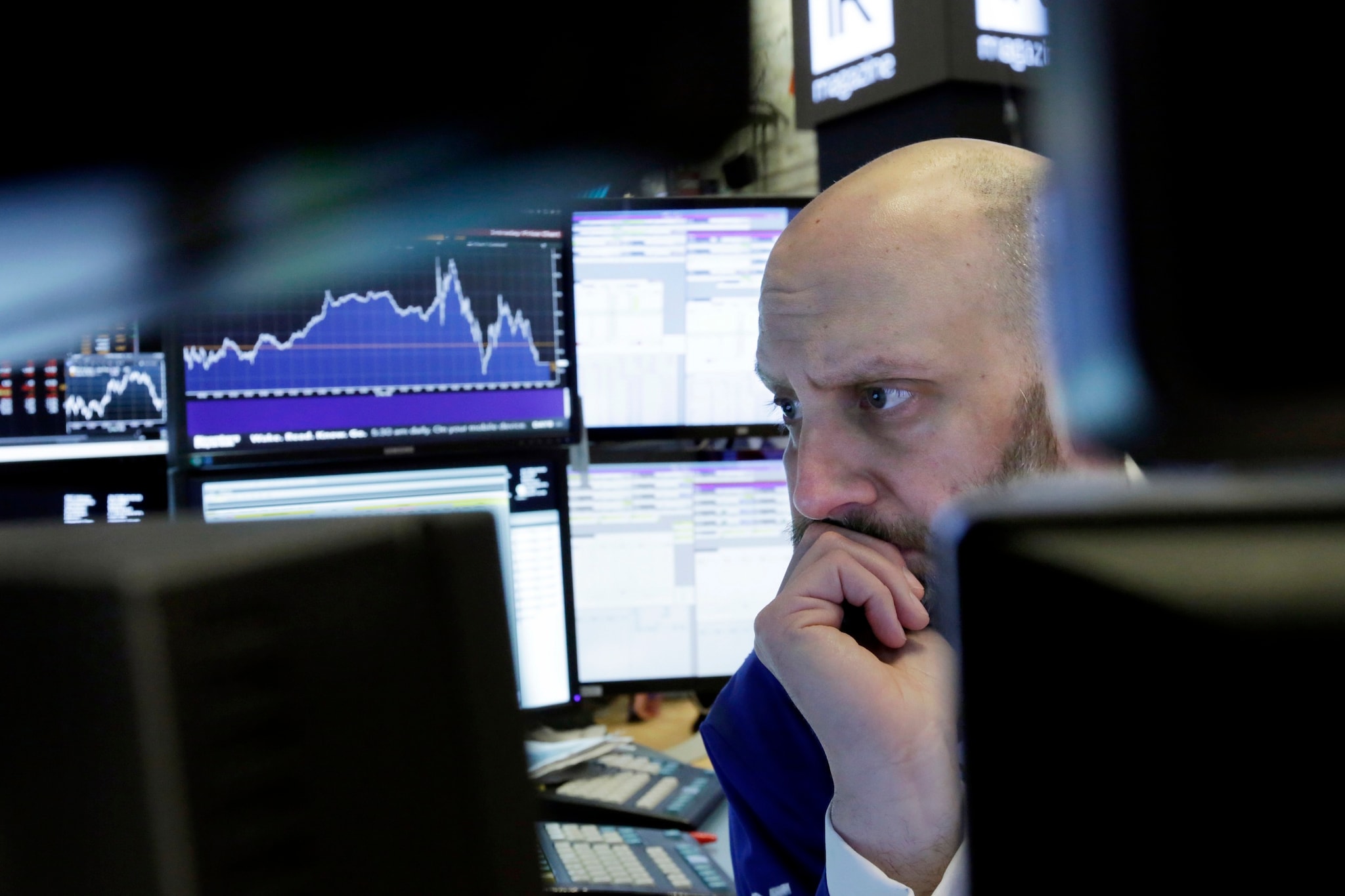HomeMarket NewsLeveraged bets by Indian investors near ₹1 lakh crore; a 13x jump in five years
Blue chip stocks like Reliance Industries, TCS and Tata Motors feature among the most leveraged under the MTF, along with other PSU names like Hindustan Aeronautics (HAL), Bharat Electronics (BEL) and Mazagon Dock Shipbuilders, as of last Friday's close.

The appetite for leverage among India's equity market investors has surged to record levels, even as the equity markets remain confined to a range amidst tariff worries and awaiting a recovery in corporate earnings.
Borrowings from brokers, under the margin trading facility (MTF) is now inching towards ₹1 lakh crore, which is a 13x jump from the ₹7,500 crore figure at the end of 2020. As of closing of September 5, that figure stood at ₹94,780 crore, according to NSE data.
| Year | MTF Borrowings (₹ Crore) | No. Of Shares (Crore) |
| 2020 | 7,479 | 49 |
| 2021 | 23,737 | 150 |
| 2022 | 27,972 | 171 |
| 2023 | 49,690 | 302 |
| 2024 | 82,836 | 373 |
| 2025 (YTD) | 94,780 | 480 |
The volume of stocks borrowed has also risen nearly 10x over the same timeframe, to 480 crore shares.
A Margin Trading Facility (MTF) is a service offered by a stock broker to an investor or trader, allowing them to buy more securities in comparison to their current capital availability, by borrowing the shortfall from the broker.
Under this facility, the trader / investor pays a small margin upfront and use the existing securities as collateral for the borrowed funds, which are then repaid with interest.
The cost typically ranges between 9% and 15% annually, calculated on a daily basis, making it an expensive option if trades don’t turn profitable quickly.
For instance, if an investor buys a share worth ₹1,000, they may only need to put up around ₹200, while the remaining ₹800 is funded by the broker or secured via a pledge on existing holdings. The risk arises if the stock price falls and brokers have the right to square off positions if clients fail to provide additional collateral. Such forced selling can intensify market declines and amplify losses for retail traders.
Blue chip stocks like Reliance Industries, TCS and Tata Motors feature among the most leveraged under the MTF, along with other PSU names like Hindustan Aeronautics (HAL), Bharat Electronics (BEL) and Mazagon Dock Shipbuilders, as of last Friday's close.
| Stocks | Borrowed Sum (₹ Crore) |
| Hindustan Aeronautics | 1,513 |
| Jio Financial | 1,257 |
| Reliance Industries | 1,227 |
| TCS | 1,206 |
| Tata Motors | 1,196 |
| Mazagon Dock | 1,021 |
| Bharat Electronics | 909 |
| Nazara Tech | 861 |
| CDSL | 849 |
| Vedanta | 780 |
| Sammaan Capital | 764 |
| Suzlon Energy | 750 |
| Yes Bank | 699 |
| BSE | 689 |
| REC | 658 |
Ashish Rathi, Whole-time Director at HDFC Securities, told CNBC-TV18 that margin trading does not pose systemic risks in the current market juncture.
“The product has matured over time, and with upfront margins mandated by regulators, we don’t see any risk to the system,” he said. Rathi added that even during the Covid period, when MTF was available, it did not create systemic stress; instead, it helped boost cash market volumes.
However, some experts warn that a large MTF book could intensify selling pressure in a falling market, as investors unwind positions built on borrowed funds.
To address potential systemic risks, market regulator SEBI is reviewing the margin framework for margin trading funding to strengthen risk management at clearing corporations.
In its FY25 annual report, the regulator said a comprehensive review of the current margining system is underway, alongside an evaluation of MTF norms and the list of eligible scrips.
(Edited by : Hormaz Fatakia)

 1 week ago
1 week ago










